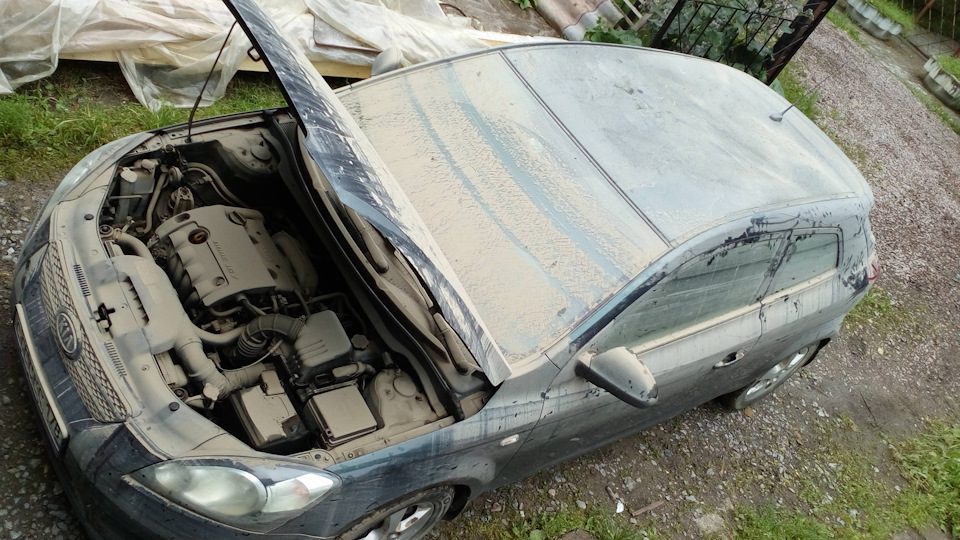
How to recognize a drowned car
Content
The recent increase in natural disasters like hurricanes and floods means used cars that look great but have actually spent some time underwater are sent to the used car market every year. Buying these cars can really poison your life, so here are some ways to find out if you are dealing with a former submarine.
10 ways to protect yourself from buying a "submarine"
Don't look for dirt and rust
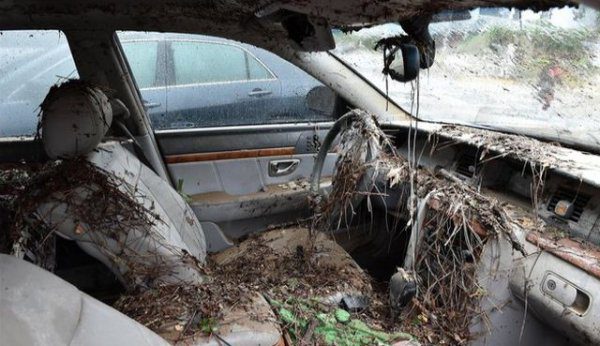
Of course, theoretically one glance is enough to see the traces of the flood. But dealers and modern car washes do wonders for washing them, so don't expect dirt and moisture to show up in the cabin. You can’t tell by the characteristic rust spots on the body either - modern cars are already quite well protected from corrosion. We'll have to look elsewhere, less obvious places.
Look behind the disks
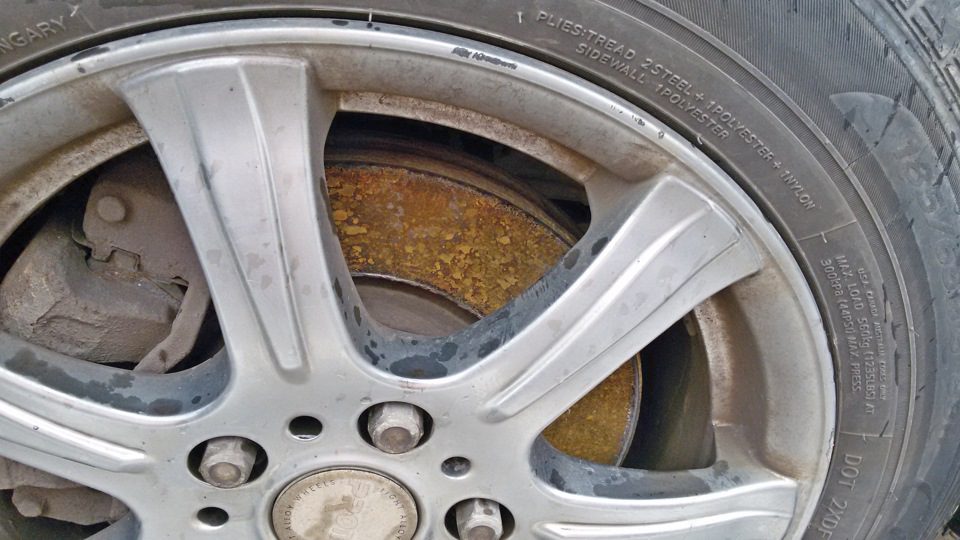
The first such not quite obvious place is the brake calipers. Body plates can be well galvanized against rust, but this cannot be done with brake discs for a number of reasons. Therefore, they are prone to rust. Even after a long stay at the construction site, a layer of corrosion can form on them. But after the flood, rust will completely cover them.
Check the headlights
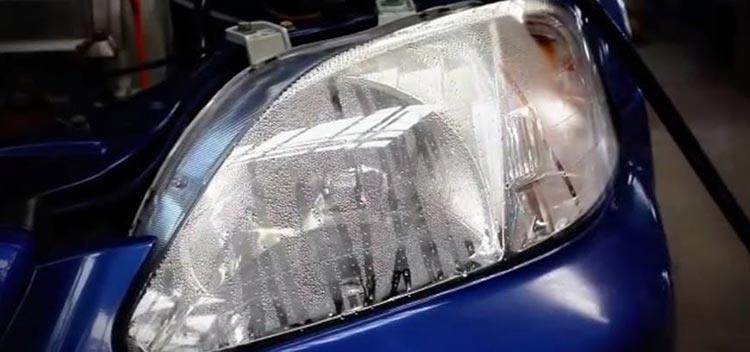
If the headlights were flooded with water, then they simply cannot dry completely. If there is condensed moisture in the headlights, this may indicate a "flood" (although in some cases it simply means poor quality headlights). Be especially suspicious if you come across a car over a certain age, but with apparently new headlights - this means that the old ones were not in commercial appearance and the seller was forced to replace them.
Inspection seat handrails
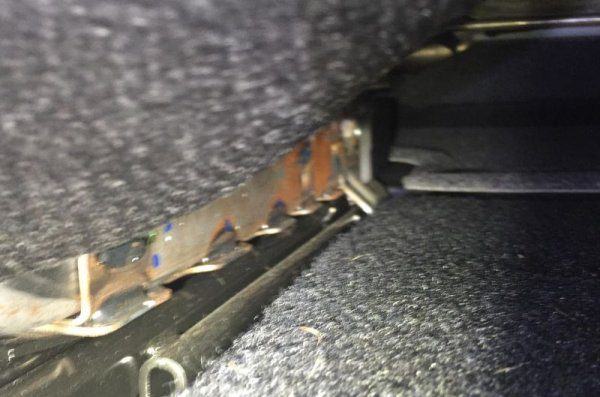
The best way to find out if a car has been flooded is to start with the seats. Their rails are the most informative. It is only natural that they are well cleaned and lubricated, but the bolts that attach the rails to the body usually have decorative plastic plugs. They often retain water, so if you remove the cap with a small screwdriver and find moisture or surface rust on the bolt head, the answer is in front of you.
Check the connectors under the dashboard
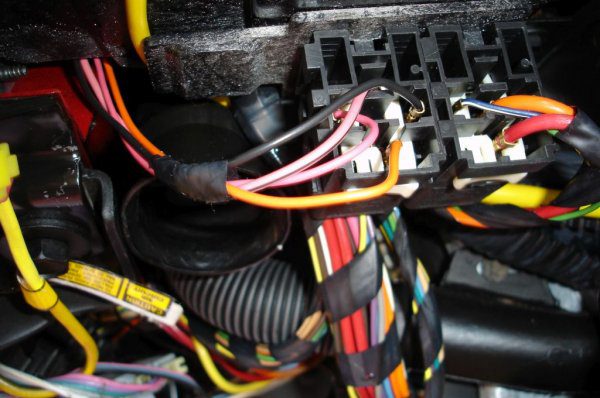
To be even more sure - look under the dashboard. You may need to disassemble the small plastic cover with your fingers to find a row of connectors and cables underneath. Dealers are unlikely to go that far in cleaning, so there may be moisture, dirt, and other contaminants.
Check the carpet
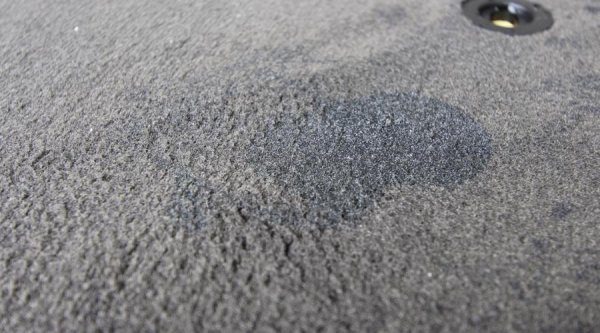
Another clue to the mystery may lie in the carpet. Most of the time, retailers will at least play with cleaning it, but the moisture will stay on it for several days, so you will feel good about it.
If the situation was worse than expected, the carpet may have been replaced. If it seems too new or too clean for the age and condition of the car, remember one thing.
Also pay attention to hidden corners where the carpet should fit snugly on the floor of the machine. If it is not, it has probably been replaced with a new one to deceive you.
Check the trunk
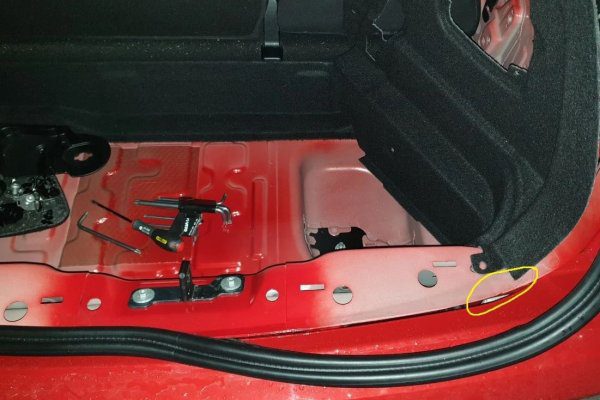
The same story as with the carpet in the cabin: it is very difficult for moisture to escape from the trunk if it gets there. Raise the carpet covering the trunk floor and inspect the underside. Sniff for the characteristic odor of mold and mildew.
Check history
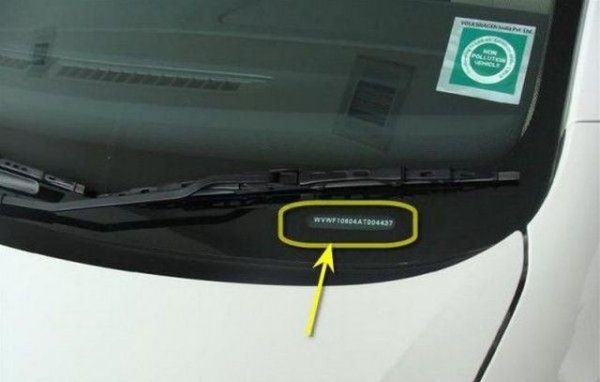
If there are no incriminating signs or you do not know, then the best option is to check the history of the car by its VIN number. Almost all official representations offer this service - free of charge or for a small fee. So you will find out not only whether the first owner took the car to the service station for inspection after the flood, but also what other repairs he did.
In salt or fresh water?
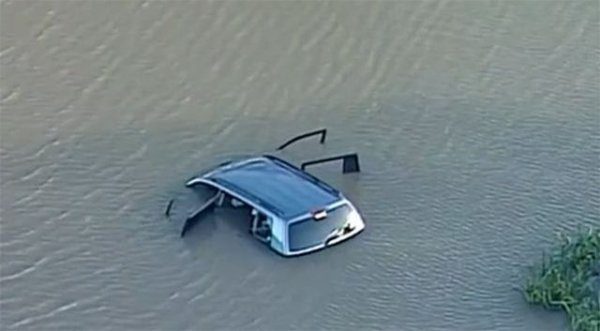
Studying the history of the vehicle and the places where it has been used can give you an answer to this critical question.
After all, flooding is not always fatal and it is possible to adequately repair such a car. But even if the seller was honest with the facts, it would be good to know if the car was submerged in salt or fresh water. Many experts will tell you that a saltwater car cannot be completely repaired and should be avoided at all costs.
Most important: airbags
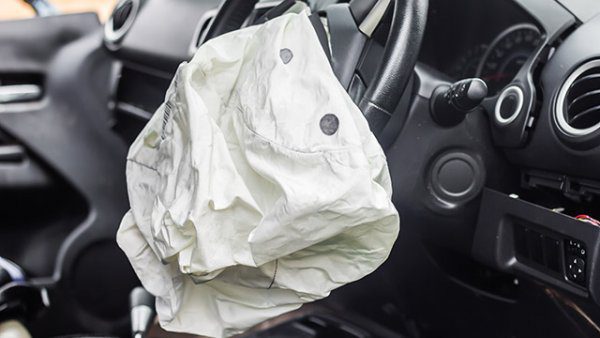
A flooded car can poison life with periodic malfunctions. As it turned out in the scandal with the Japanese manufacturer Takata, the airbag actuator can be damaged due to exposure to high temperature and humidity, which can lead to shrapnel being shot directly in the face of the driver and passengers, which in turn can lead to fatal accidents. ... The vast majority of vehicles on the road have these airbags. And a possible flood significantly increases the risk of a problem with them. Be sure to ask for proof that the airbags were replaced after the flood.